Ad words – The New Age of Advertising

Ad words – The New Age of Advertising
Unless you are living under the caves or rock for the past twenty-five years, we bet you have seen all types of Google ads without even knowing that you are going through the advertisement. Maybe you were looking for a set of regular sneakers, and accidentally a discount on Google search led you to purchase a set of sneakers. Have you recognized that these were Google Ads?
Many of us will find it challenging to decode the process of Google Ads. However, the method gets much easier once you crack the ice gradually.
We will be looking at the:
- Different Google advertising terms
- Types of Google Ads
- How to boost sales using various formats
Let’s dive into the article.
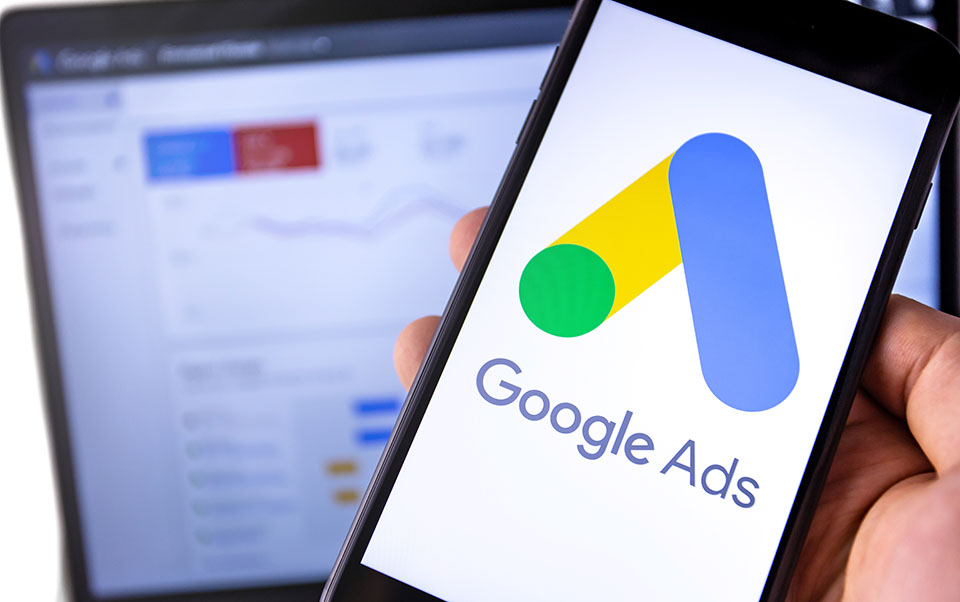
(Source- constructionbusinessowner.com)
Types of Google Ads or Ad words:
If we talk about the various kinds of Google Advertisement, there are eight Ad Campaigns with Google Ads or Ad words.
- Search Ads:
It reaches consumers engrossed in your product or service with text ads.
- Display Ads:
It runs various types of ads across the web or emails.
- Video Ads:
It engages and retains the viewers on YouTube and across the web.
- Shopping Ads:
It promotes product listings with shopping ads.
- App Ads:
It will kick your app promotion across Google’s Network.
- Smart Ads:
It will approach your marketing intentions with automatic ads on Google and across the web.
- Physical Ads:
It will help the customers to reach physically to your business location.
- Discover Ads:
It will promote your business when the Google feeds opens.
Terms associated with Google Ads or Ad words:
Before starting with the explanation of Google Ads, we will first progress and understand the terms associated with Google Ads to learn more about how Google Advertising works.
What are Google Ads?
Google Ads is an advertising service offered by Google, formerly known as Ad words. It helps the people to advertise the businesses with ads on Google search and across the Google Network. It gets based on a pay-per-click (PPC) where the advertisers need to pay per click.
Bidding:
The process of Google Ads resembles an auction. If you want to advertise your business on Google, you need to bid the price. It means you need to select the maximum amount of money you are willing to pay for an advertisement. Higher bidding means better ad placements.
Ad Campaign:
A set of various ads having the same budget, location, targeting, and other user settings.
Keywords:
Keywords are the phrases that describe your product or service. Keywords help us to determine where and when your ads will appear.
Conversion:
A user performs the action you wanted, leading to conversion. (Forming a buying, signing up for a newsletter.)
As you will start running the ad campaigns, you will learn more about various other terms. For now, the above terms are sufficient for knowing the basics of an ad campaign.
Varieties of Google Ad campaigns:
Now, if you are familiar with Google Ads terms, let’s dive into the different Google Ad Campaigns and understand them in detail.
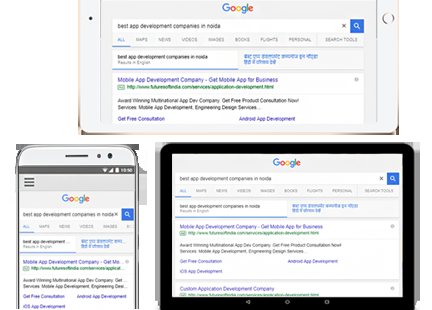
Google Search ads:
It attracts people searching for your products.
Google search ads are text ads that appear to the potential targeted customers on the Google search engine result pages (SERPs). These ads either appear on the top or the bottom of the organic search results.
Best used for:
Getting in front of the people who search for your product or business.
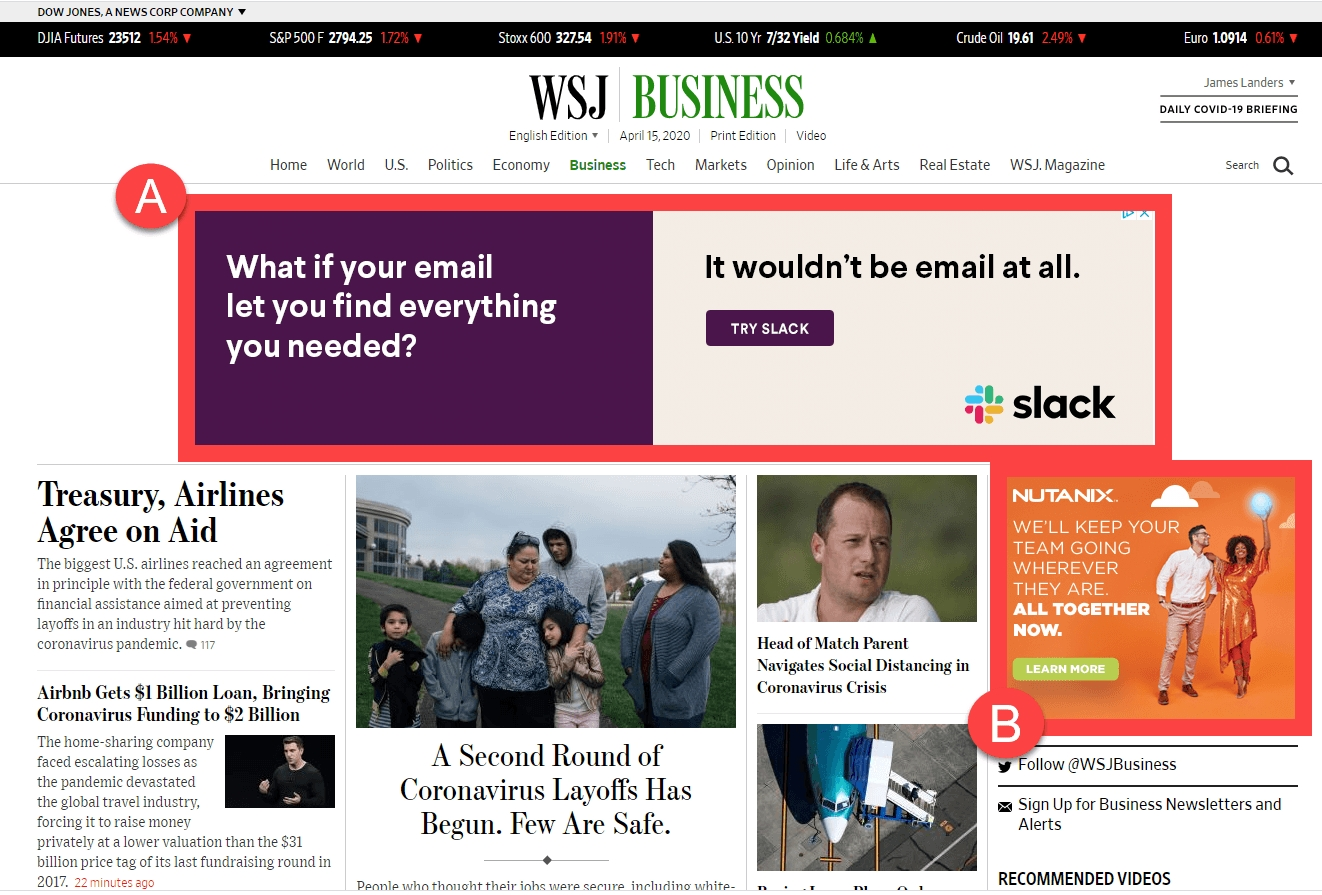
(Source-bluecorona.com)
Display Ads:
It generates brand awareness.
Display ads are different from search ads. Search ads help to find potential customers with the help of targeted keywords. Display ads are image-based ads that allow targeting the customers who are looking for similar types of products.
Display ad campaigns generally appear when you are browsing your favorite websites or even inside your email accounts.
Best used for:
Increase in brand awareness and reaching potential clients early in buying cycle.
Google Display Network:
Google uses the Google display network to show your display campaigns to potential customers. It is a network of more than two million web pages, apps, and videos.
You can set the target audience and the time of display ads to be shown.
The preferences are set according to the audience’s gender, age, and interests.
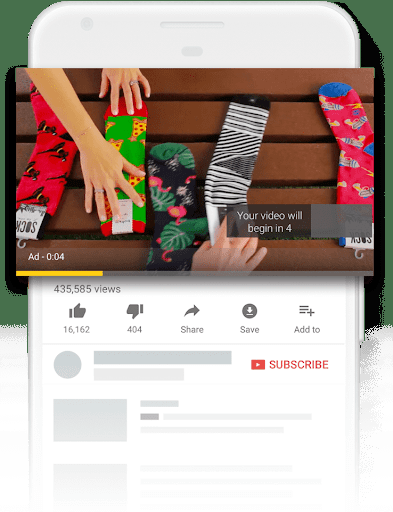
(Source- youtube.com)
Video Ads:
It helps to get in front of your target audience.
Since YouTube relates to Google, you can target your potential audiences on YouTube based on the algorithm. With 2 billion users online, you have a huge audience to target.
Your video ad campaigns are placed before, during, or after the video and in search results.
With the help of video ads, you can utilize demographic targeting and reach your ideal customers as per their age, gender, and interests.
During the video streaming, YouTube allows skipping the videos. It still has a five-second timer, which is enough to deliver the right message to your audience.
Shopping ads:
It helps in advertising to the shoppers who are ready to buy.
Google shopping ads are product-based ads. They are designed for product searches.
Shopping ads provide information about a particular product to the customers such as product title, price, store name before visiting the website.
Best used for:
Boosting the E-commerce traffic and increasing sales.

App ad campaigns:
It increases your app installations.
Are you having a mobile app for your business? If yes, you can sell it with Google’s most extensive network like Play store, YouTube, Search engines, and Google Display Network.
Best used for:
Creating ads to encourage the target audience for app installation.
BONUS: Discovery Ad Campaigns:
Discovery ads are a new type of Google ad that helps reach your target audience with the help of YouTube Home, watch next feeds, social tabs, E-mail accounts, and much more using a single ad campaign.
Wrapping up:
Congratulations, you have read everything that needs to be understood while working or knowing about ad campaigns. With different types of ad campaigns available, you must choose the ad campaigns wisely with proper format.
Last but not the least, you should check Google Analytics to see how well your Google ad campaigns are performing, and you may make the changes.
If you are looking for experts to guide you through the process, feel free to contact us.
Our Experts will connect with you in 24hrs to save you hassle and time.
With the vacations knock on your heels, this can be the instant to reinforce your Local SEO marketing for the season. Clients will close the doors to achieve purchases made well before the holidays and this will be key to optimizing the local SEO of your business in advance.
you’ll be coated by the subsequent Local SEO tips for the vacations that are ready by the team of digital marketing gurus.
# 1 Set your vacation hours:

Do you know that a mobile search for “store hours” arises throughout December and touches the peak on Christmas day? If you do not intend to change your store hours, it is still important to configure your holiday hours for each holiday.
If you do not configure your hours for the holidays, sites like Yelp and Google will alert customers that they may be mistaken for the holiday. The suggestion is to schedule your vacation hours immediately – before it is too late.
How to configure your vacation hours on Google My Business:
1) Log in to Google My Business.
2) If you have different locations, open the location you want to manage.
3) Click on the section on special hours.
4) Click Confirm the next hour of an upcoming holiday. Click Different Click Add New Date.
5) Key in opening and closing times for that day.
6) Glide the circle to “off” to indicate that the location is closed throughout the day.
7) If you are open 24 hours, select 24 hours from the menu that opens and select the one that emerges.
8) If you close the hours after midnight, be sure to set them correctly.
After entering all your special hours, choose Apply. Your special hours will only display to customers on Google for the allotted days.
To update the hours for your entire locations you can employ a spreadsheet following these instructions.
How to adjust your holiday hours on Yelp:
1) Log in to Yelp for business applications.
2) Go to Business Information and choose a special hour.
You can close your business for the day or open it at the time window. Special hours are set up on a daily basis, so include every day where your operating hours will typically be different from the hours listed on Yelp.
Setting your vacation hours for each holiday is important even if you do not intend to modify your store hours.
# 2 Increase your local pages for the holidays For Local SEO
82 percent of local searches are unbranded. People are looking for things like holiday hours, holiday-specific items, and holiday deals at this time of year. Your local pages are an ideal place to gather all this information.
By putting holiday information on your local pages, your brand will facilitate more web, local, and voice searches.
In fact, in the last 2 years, “I have” + “on-sale” mobile searches have increased by 250%. When users search for terms like “I have Black Friday sales”, Google scans your local pages to find the appropriate keywords and then uses that information to rank their local store.
This is a great time to rank for seasonal keywords that won’t last a year.
# 3 Be as communication and as accessible as possible:

Open communication lines about people-friendly features offered by your brand and how many of you work as:
- Local business listings
- Website
- The form
- Social channel
- Texts / messages
- Radio, local news, and TV media
- Phone On Hold Marketing
Google My Business Listing, in particular, is an interface that allows any customer to respond to who-where-and-why-if your business is handling them correctly, whether manually or by software Such as through stocking locally.
Anywhere a customer can discover everything you have to offer, be precise, and with lots of information about location, identity, hours of operation, culture, policies, and offerings.
From setting special hours for each of your locations to adopting Google Post to microblog holiday content to reassuring your social profile and website, advertising your USP, which is your highest communication effort in the current year I do.
In addition, make sure you conform to Google’s mobile-friendly criteria, and your website complies with the ADA so as not to leave any customers. Provide a quick, intuitive, and inclusive experience to maintain customer engagement.
With the need for social disturbances epidemic, use the Internet as your workhorse to connect and provision your community to the maximum extent possible.
# 4 Accept local e-commerce and product listings For Local SEO :
At the local business level, adopting a primary e-commerce function before the holiday season can also make a significant difference, if you can discover the most preferred methods of delivery. These may include:
1) Buy online, pick up curbside
2) Buy Online, Choose In-Store (BOPIS)
3) Online purchase for personal home delivery via internal or third party drivers
4) Buy online for mail delivery
There is a vast comparison to common e-commerce solutions, including free trials, and the E-Commerce column of the Moses Blog constitutes a free library of professional advice to maximize digital sales.
Keep your products everywhere. Remember that last April, Google stunned everyone by offering free product listings and they recently secured a pointy device, which allows you to convert scanned barcodes into online inventory pages.
In addition, in mid-September, Google took its next major product-related move by adding a “pass” filter to Google Shopping, taking you closer to the search engine to turn it into a source for real-time local inventory.
Adopt a public safety protocol that reviews GatherUp’s research, asking consumers to get their list online, find the easiest ways to get a purchase from their storefront in the hands of customers, and more of your efforts. More Q4 can make way for profit.
# 5 Stand apart from the crowd:
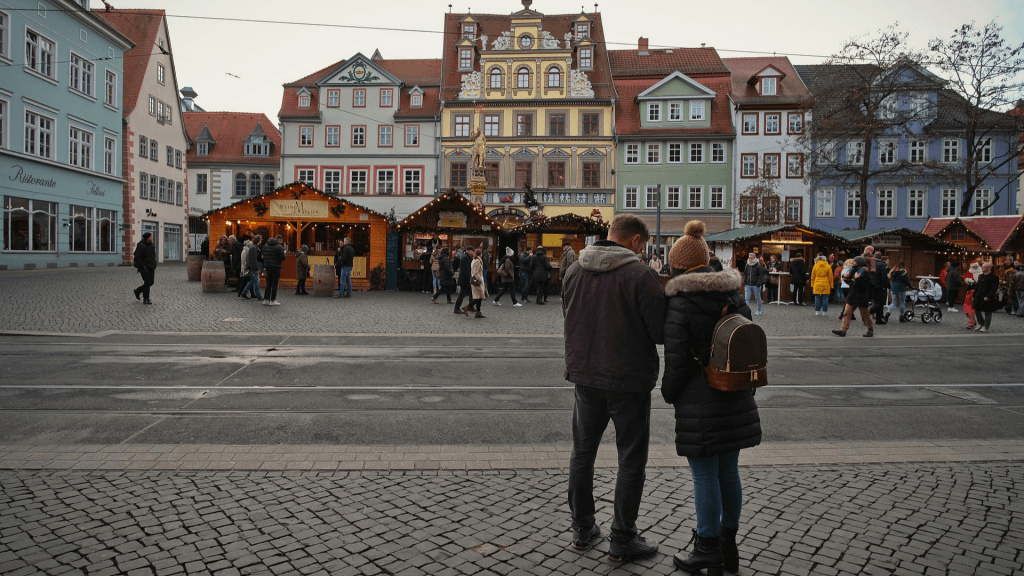
When talking about differentiating yourself from your competitors, keep in mind that unique content cannot just build your holiday sales.
People will be more likely to bring their business to their website if the site itself is simple to use and attractive to watch.
Sure, you’ll need some substantial, customized content on your pages, although if the pages themselves are crowded with text, ads, Flash content, or your JavaScript issues, it won’t load fast or look attractive.
The data demonstrate that problematic webpages are generated as a result of higher bounce rates and markedly lower sales.
Rather, keep your webpages comparatively simplified, with visually bright images that facilitate communication with your clients by your written content.
The adapted content must be precise and visually segmented to form a hierarchy of words and pictures.
Users should immediately know where to find the most useful information, and each successive element must be in contrast to the element closest to it to support the smooth flow of content sections.
A primary example: Suppose your holiday decor store is for the fourth of July.
You may want to employ a large image on your homepage that displays an assortment of patriotic and picnic items you have presented for sale.
Then some visually contrasting buttons are shown which users can click to enter specific categories of decorations.
Additionally, remember to update your website with holiday-relevant pictures and different displays. Revealing to the purchasers you’re operating with within the current season can build them feel higher to buy from your store.
Keyword-optimized content near these visuals can use pleasant, concise language that lets users know what is present and also adds them to add items on your list.
Just remember to make things easier.
A narrative-shaped item of content is neither necessary nor desired. Customers want to know what you have and why your portal is the best place to buy it, be it for your wide product selection or competitive prices.
The conclusion
Going up, there are many steps that you can adopt to do local SEO during the holiday season.
The steps vary administratively, such as adjusting inaccurate NAP information and updating your portal with holiday themes, with more in mind, such as how to get more prominent among your competitors and to visit your store Securing web shoppers for.
If you like, you can earn your own PR side by quoting (with no permission) some practical Google reviews related to your business on your portal and positive feedback on any negative feedback and online criticism.
Make sure everyone associated with your business knows that you care about compliments and complaints.





